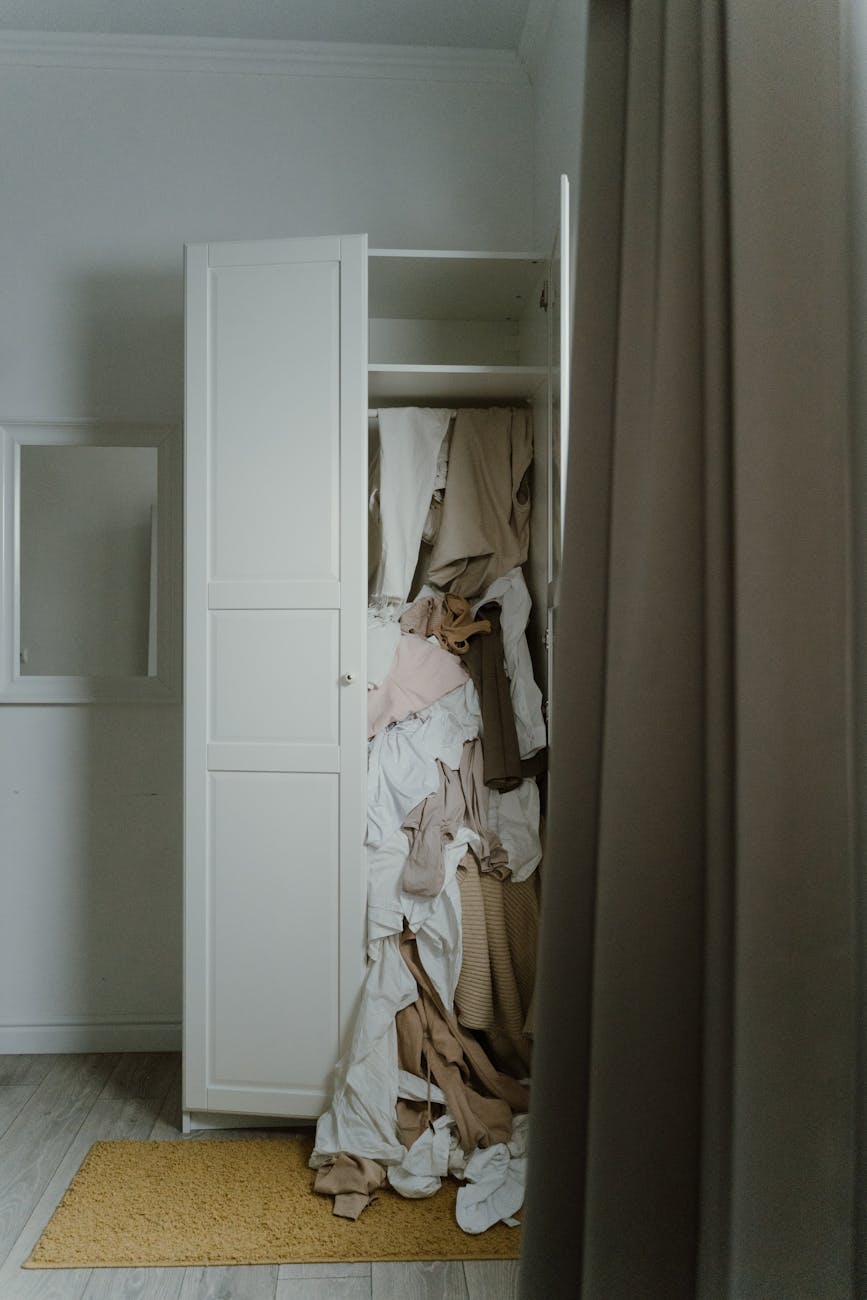5 Tips for Using Clothes Hangers to Maximize Your Closet Space & Preserve Your Garments
A well-organized closet isn’t just aesthetically pleasing; it’s a functional space that protects your clothing and makes getting dressed a breeze. While decluttering and proper folding techniques are crucial, often overlooked is the humble clothes hanger. The right hangers, and their proper use, can dramatically impact your closet’s efficiency and the longevity of your wardrobe. Many people simply grab whatever hanger is available, but this can lead to stretched shoulders, misshapen fabrics, and wasted space. This article will explore five essential tips for using clothes hangers effectively, covering everything from choosing the right type to strategic placement, ultimately transforming your closet from a chaotic mess into a streamlined sanctuary for your style.
Choosing The Right Hanger Type
Not all hangers are created equal. Using the wrong hanger can damage your clothes and take up unnecessary space. Consider the fabric and weight of your garments when selecting a hanger. For instance, delicate silk blouses and dresses require padded, velvet hangers. The soft surface prevents slippage and minimizes shoulder stretching, a common problem with thinner fabrics. Heavy coats and suits benefit from sturdy wooden hangers with a wide shoulder base to maintain their shape. Plastic hangers, while inexpensive, are often flimsy and can distort garment shapes over time. Slimline velvet hangers are excellent for maximizing space, as they take up less room than traditional plastic or wooden options. Finally, consider skirt and pant hangers – clip hangers are great for skirts, while clamp hangers are ideal for pants, preventing creases and keeping them neatly organized.
Understanding Hanger Weight Limits
It’s easy to underestimate the weight a hanger can handle, especially with heavier items like winter coats, thick sweaters, or even multiple layers. Exceeding a hanger’s weight limit can cause it to break, potentially damaging your clothes and creating a mess. Different hanger materials have different weight capacities. Wooden hangers generally support more weight than plastic ones. Look for hangers specifically labeled with their weight limit. A good rule of thumb is to avoid hanging excessively heavy items on plastic hangers. If you have particularly heavy garments, invest in robust wooden or metal hangers designed for heavier loads. Regularly inspect your hangers for signs of wear and tear, such as cracks or warping, and replace them as needed to prevent accidents.
Strategic Closet Arrangement
Simply hanging clothes isn’t enough; strategic arrangement can significantly improve your closet’s organization and accessibility. Group similar items together – shirts with shirts, pants with pants, dresses with dresses. Within each category, organize by color, creating a visually appealing and functional system. Consider the frequency with which you wear certain items. Place frequently worn clothes at eye level and within easy reach, while less frequently used items can be stored higher up or on lower shelves. Facing all hangers in the same direction creates a clean, uniform look and makes it easier to scan your wardrobe. Utilize vertical space by hanging longer items (like dresses and coats) at the back of the closet and shorter items (like shirts and skirts) in front, maximizing every inch of available space.
Maintaining Hanger Consistency
A mismatched collection of hangers can look cluttered and disorganized, even if your clothes are neatly arranged. Strive for hanger consistency within your closet. Using the same type of hanger for similar items creates a more streamlined and visually appealing look. This also helps maximize space, as uniform hangers tend to be more space-efficient than a mix of different styles. While investing in a full set of matching hangers might seem like a small detail, it can make a big difference in the overall appearance and functionality of your closet. Consider a gradual transition if you already have a variety of hangers – replace them as you purchase new clothes or as old ones break. The goal is to create a cohesive and organized look that reflects your personal style.
Hanger Materials and Their Impact
The material of your hangers isn’t just about aesthetics; it directly impacts the health of your clothes and the environment. Plastic hangers, while common, are often made from non-recyclable materials and contribute to plastic waste. Wooden hangers, particularly those made from sustainably sourced wood, are a more eco-friendly option. Velvet hangers, regardless of their core material (often plastic or wood), offer a gentle grip that prevents slippage and minimizes fabric damage. Metal hangers are durable and suitable for heavy items, but can potentially scratch delicate fabrics if not handled with care. Here’s a quick comparison:
| Material | Pros | Cons | Best For |
|---|---|---|---|
| Plastic | Inexpensive, lightweight | Flimsy, can distort shapes, environmentally unfriendly | Lightweight garments, temporary use |
| Wood | Sturdy, supports heavy weight, aesthetically pleasing | Can be more expensive, may scratch delicate fabrics | Coats, suits, heavy sweaters |
| Velvet | Prevents slippage, gentle on fabrics | Can be more expensive, may not support very heavy items | Delicate fabrics, silk, blouses |
| Metal | Durable, supports heavy weight | Can scratch delicate fabrics, potentially expensive | Heavy coats, suits, frequently used items |
In conclusion, mastering the art of clothes hanger usage is a simple yet powerful way to elevate your closet organization and protect your wardrobe. From selecting the appropriate hanger type based on garment weight and fabric to strategically arranging your clothes and maintaining consistency, these five tips offer a practical roadmap to a more functional and visually appealing closet. Remember that investing in quality hangers, particularly those made from sustainable materials, is an investment in the longevity of your clothing. By implementing these strategies, you can transform your closet from a source of frustration into a well-organized and efficient space that showcases your style and preserves your cherished garments for years to come. A little attention to detail with your hangers can make a world of difference!
